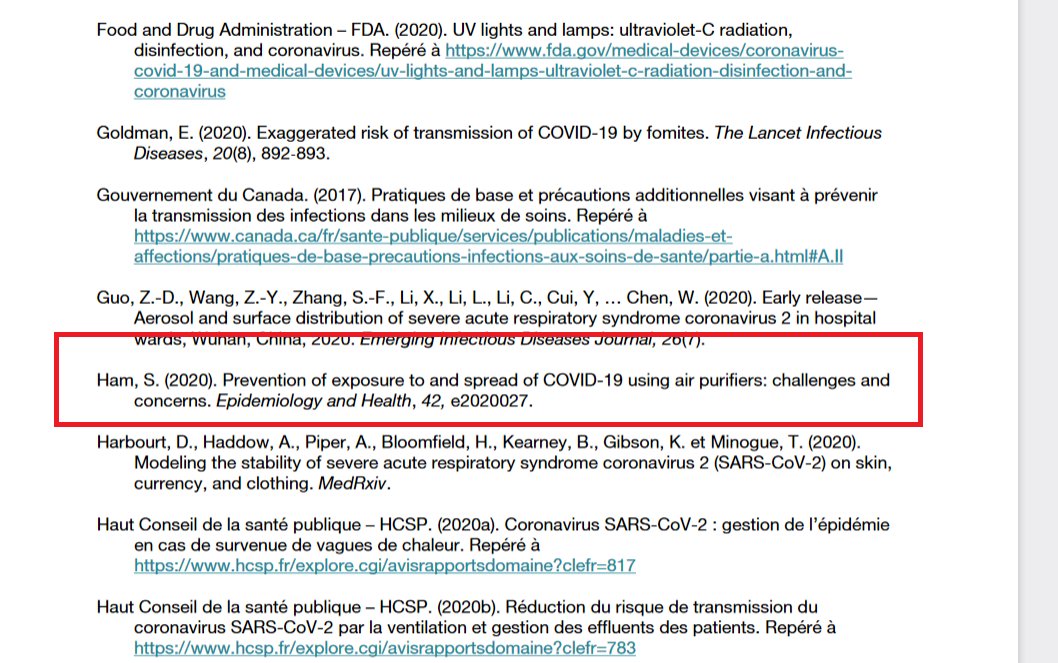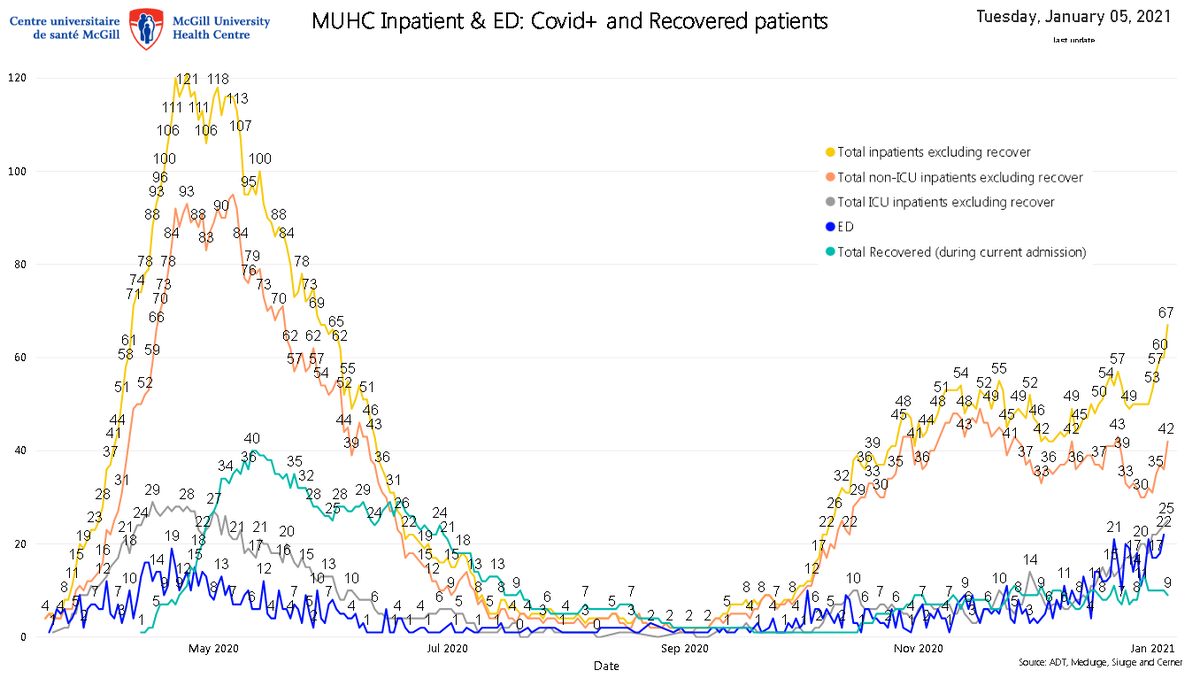
1) As #COVID19 hospitalizations surged by 61 to nearly 1,500 in the province Tuesday, more young Quebecers are being admitted for the #pandemic illness than ever, some of whom are children, according to the latest figures by the Institut national de santé publique du Québec. 

2) The INSPQ reported on Tuesday that there were six “current hospitalizations” for #COVID19 among children up to the age of nine, and 11 between the ages of 10 and 19. I’ve never seen such stats before in Quebec’s pandemic. Please look at the pie chart below. 
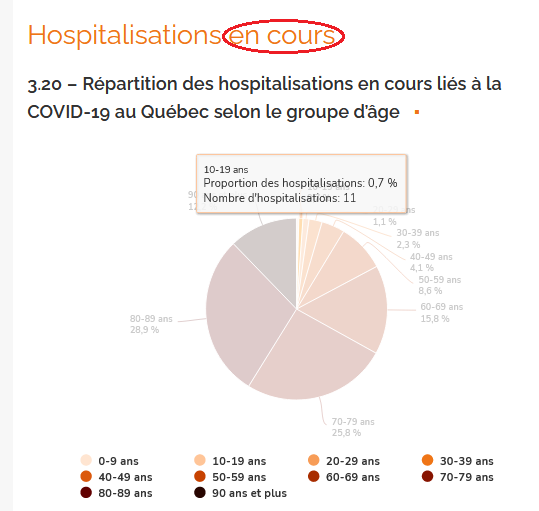
3) True, the majority of the 1,497 Quebecers hospitalized for #COVID19 are above the age of 60, with the 80-to-89 demographic comprising most admissions. However, as you can observe from INSPQ Excel chart below, a total of 68 Quebecers under 39 are currently in hospital. 

4) What’s also concerning is the fact that two #COVID19 patients between the ages of 10 and 19 are fighting for their lives in intensive-care units in Quebec, according to the INSPQ Excel chart below. Please note that 21 Quebecers in their 40s are in ICUs as well. 
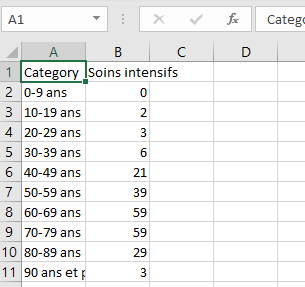
5) The surging hospitalizations come as Quebec is one ICU stay away from tying the record it set on May 6 of 221. My colleague, @mrlalonde, is reporting in the @mtlgazette tonight about “surreal…Twilight Zone” ICU decisions that may need to be taken. montrealgazette.com/news/local-new…
6) On Tuesday evening, two Montreal hospital emergency rooms, Maisonneuve-Rosemont and Santa Cabrini, appealed to the public to stay away from their ERs following #COVID19 outbreaks. But other Montreal ERs are badly overcrowded. See the chart below. 

7) Meanwhile, Montreal posted a dramatic drop in #COVID19 cases Tuesday, 597, down from 750 the day before and from a record 1,531 on Jan. 8. I would caution against reading too much into the latest drop, given authorities have been testing a lot less of late. 
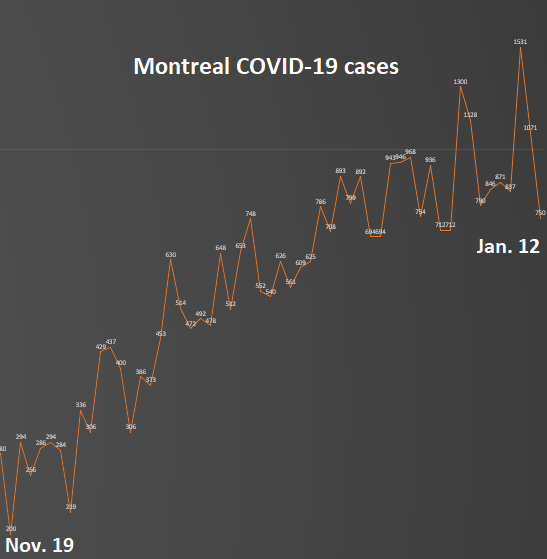
8) Something strange appears to be occurring with #COVID19 outbreaks across the province during the curfew. The Health Ministry reported an increase of six to 27 clusters in the category of “events” and a rise of two outbreaks to four in the category of “unknown.”
9) A critical #COVID19 outbreak has struck the Chanoine Scott seniors’ residence in the Capitale-Nationale, with 41 new cases in the past 24 hours. A critical outbreak has also erupted at the CHSLD Jeanne-Le-Ber in Montreal’s east end, with 14 active infections.
10) On Jan. 7, the Quebec Education Ministry recorded a total of 487 active #COVID19 cases among students and staff. On Tuesday, a day after elementary school students returned to class, that number jumped to 1,176, with five classes already shuttered. See the chart below. 
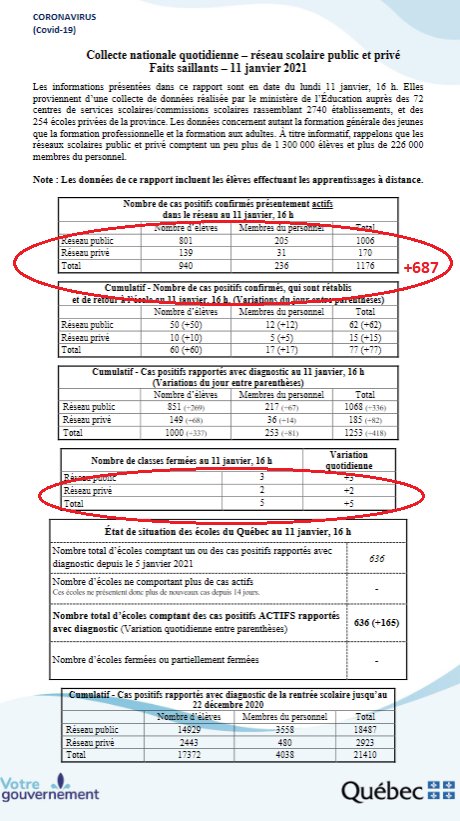
11) In neighboring Ontario, Premier Doug Ford announced schools in Toronto and other #COVID19 hot spots will stay closed until Feb. 10. One last chart: Montreal declared six more #COVID19 fatalities Tuesday to a death toll that may cross the 4,000-mark Wednesday. End of thread. 
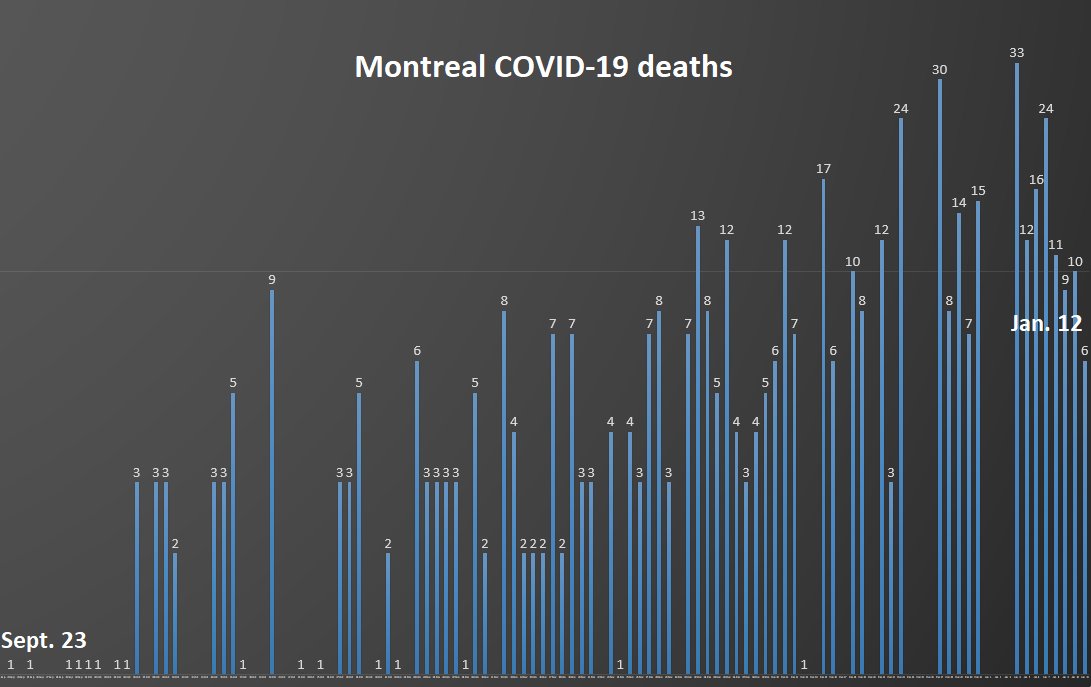
• • •
Missing some Tweet in this thread? You can try to
force a refresh




